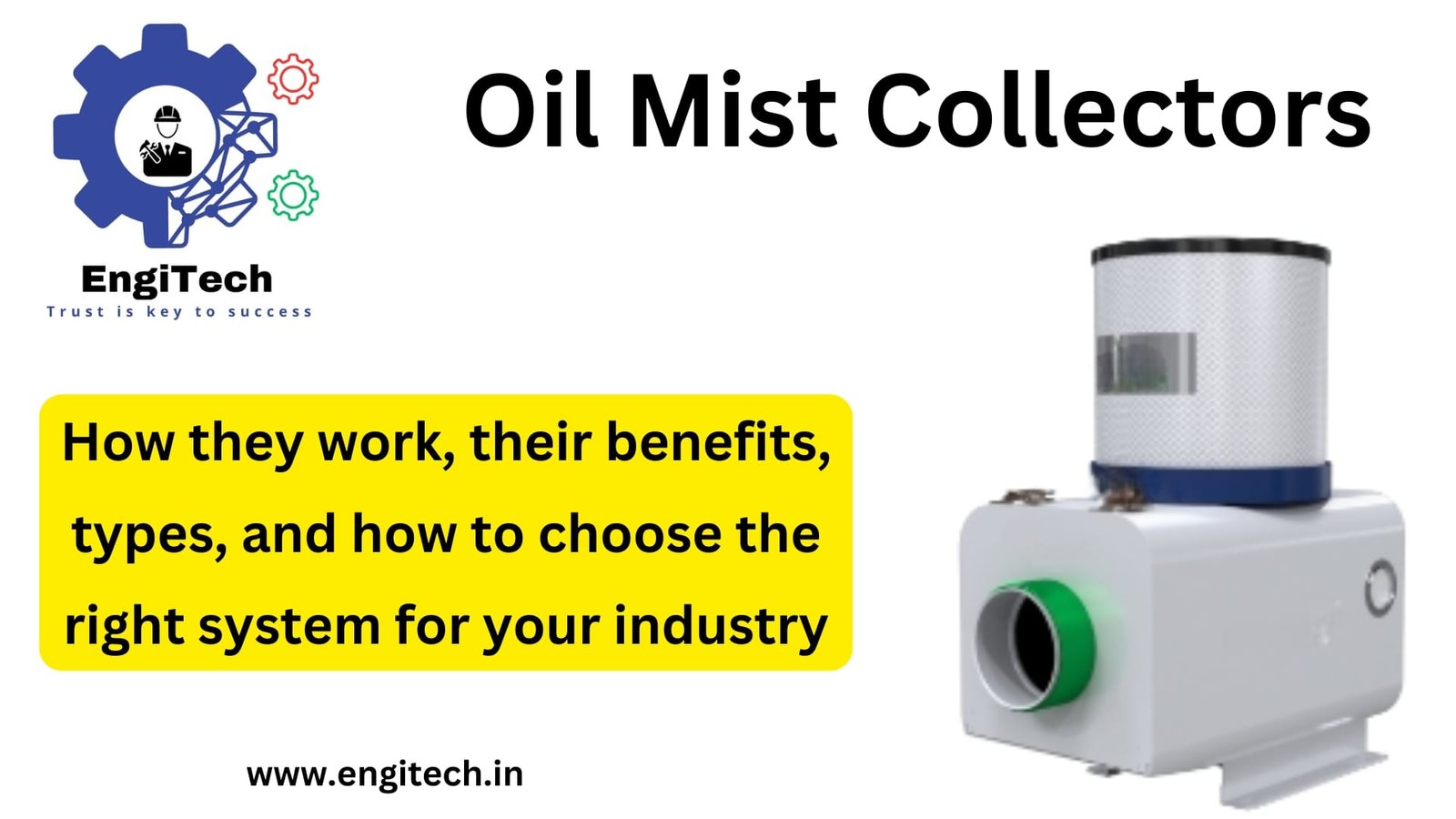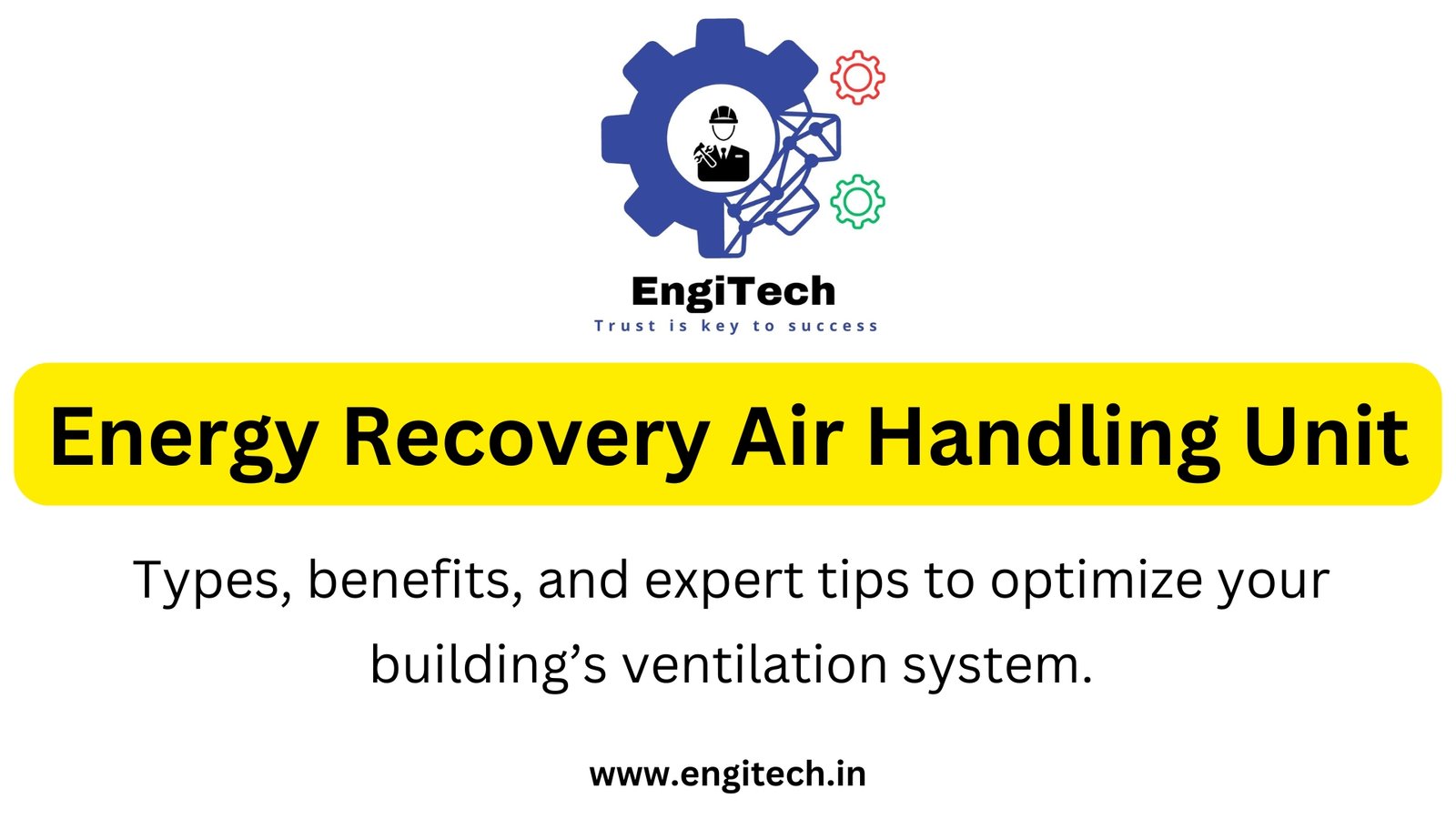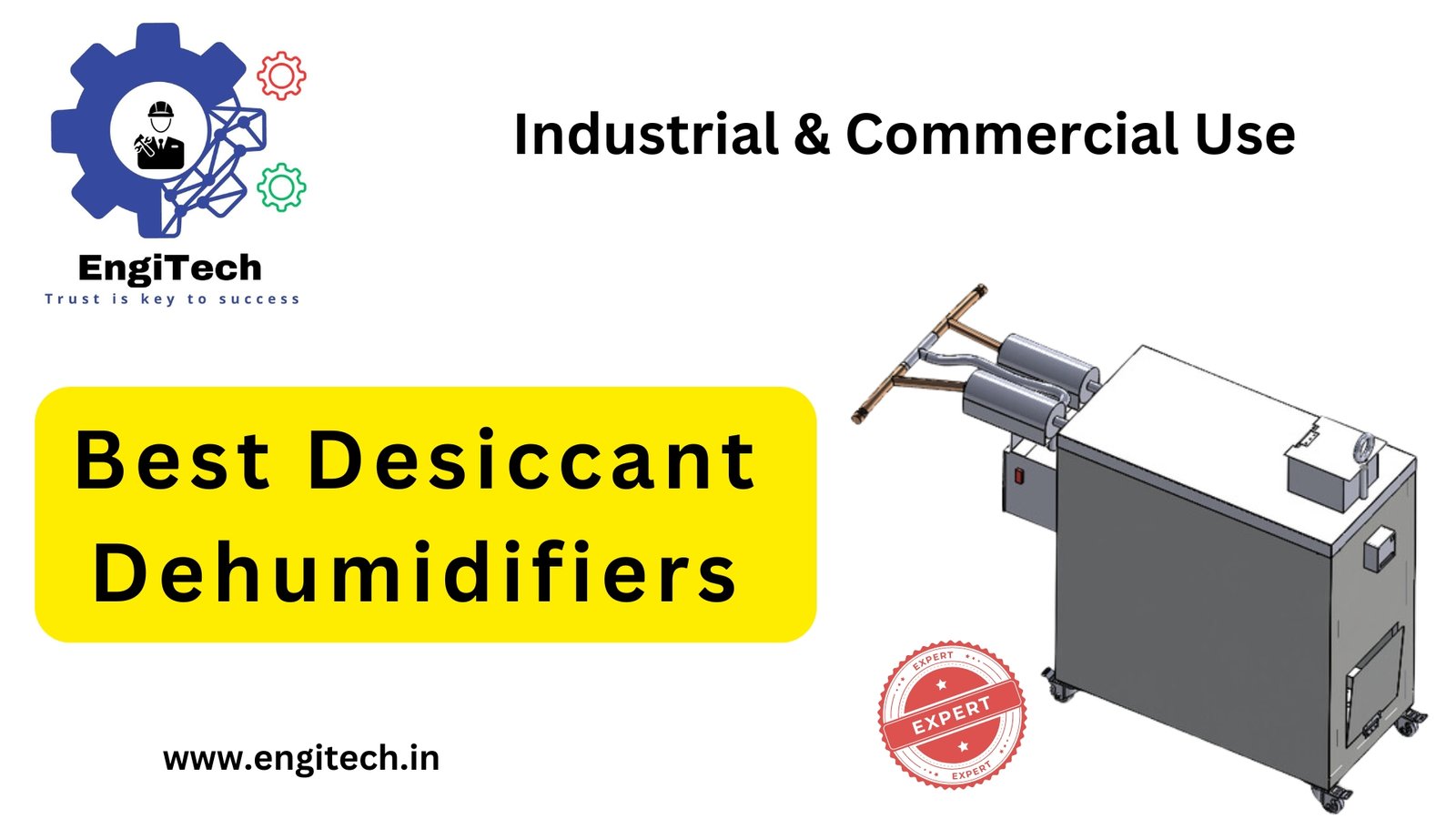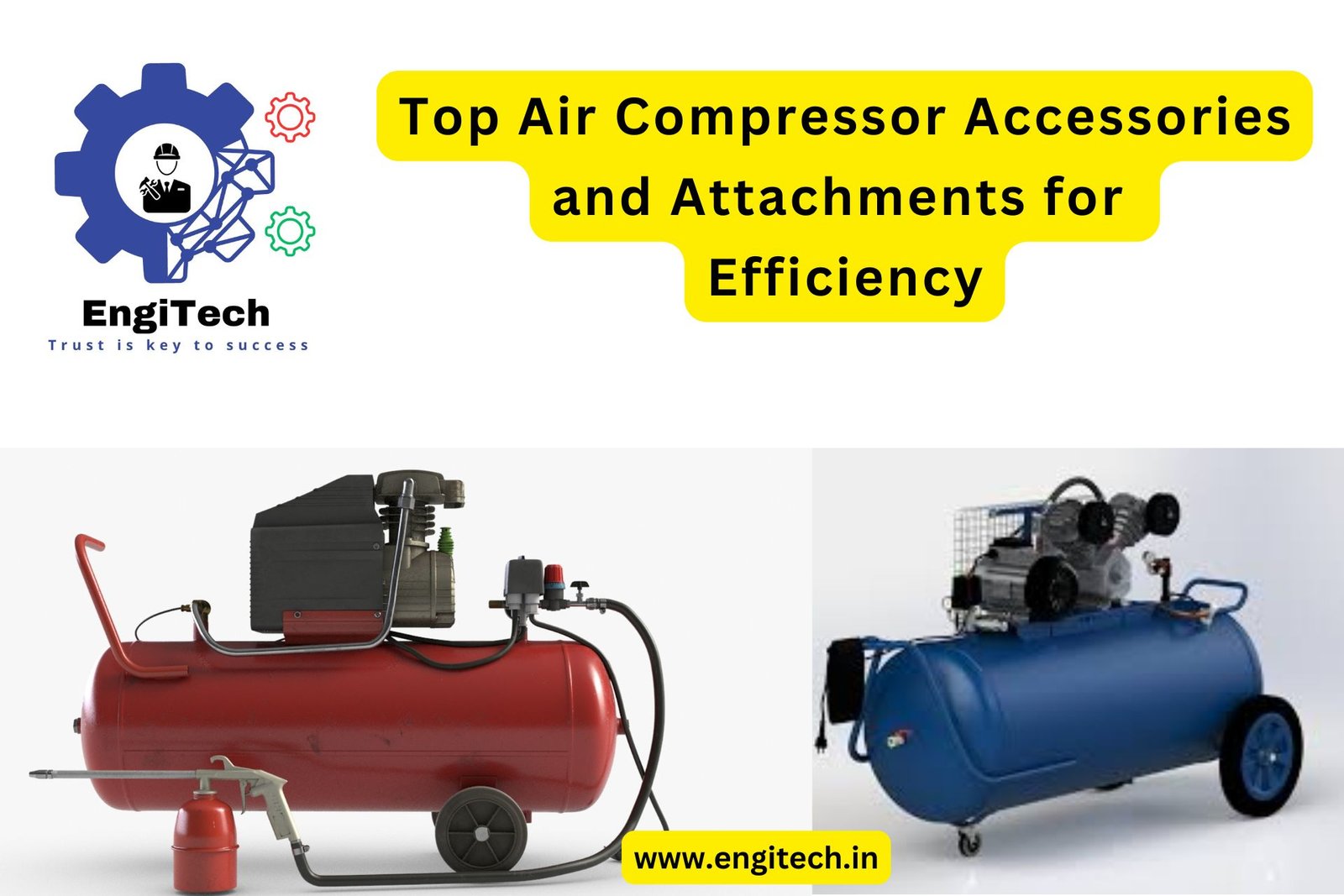Ultimate Guide to Oil Mist Collectors: Everything You Need to Know

In industrial environments, oil mist collectors play a vital role in improving air quality, ensuring worker safety, and maintaining machine efficiency. With the increasing demand for cleaner, safer workspaces, it’s essential to understand what oil mist collectors are, how they work, and why they are crucial for your facility.
This guide will delve deep into oil mist collectors, providing insights into their functioning, benefits, and how to choose the right system for your needs.
Table of Contents
What Are Oil Mist Collectors?
Oil mist collectors are filtration systems designed to capture and remove airborne oil mist, smoke, and other particulate matter generated by machines during industrial processes. Commonly used in industries such as metalworking, food processing, and manufacturing, these systems help control the spread of hazardous oil particles into the air, maintaining a safer and cleaner work environment.
By capturing oil mist, mist collectors prevent the accumulation of oil on surfaces, protect worker health, and ensure compliance with environmental regulations.
Why Are Oil Mist Collectors Important?
Industries that rely on machining, milling, or cutting operations often produce oil mist as a byproduct of lubricating oils or coolants used in the process. If left uncontrolled, this mist can lead to:
- Health Risks: Prolonged exposure to oil mist can cause respiratory issues, skin irritation, and other long-term health problems for workers.
- Safety Hazards: Oil mist settling on floors and surfaces can create slippery conditions, increasing the risk of accidents and equipment damage.
- Machine Maintenance: Oil particles can accumulate on machines, leading to reduced efficiency and increased maintenance costs.
- Regulatory Compliance: Many industries must comply with air quality standards set by regulatory bodies such as OSHA and EPA. Failure to meet these standards can result in fines or operational shutdowns.
How Do Oil Mist Collectors Work?
Oil mist collectors utilize a series of filtration stages to capture oil mist particles from the air. The process typically involves three key steps:
- Pre-Filtration: The system pulls contaminated air through a pre-filter to capture larger particles and mist droplets.
- Main Filtration: In this stage, finer oil mist particles are trapped using specialized filter media. High-efficiency filters, such as HEPA or coalescing filters, are often employed.
- Collection and Recycling: The collected oil is either drained into a container for disposal or recycled back into the machine, reducing waste.
This multi-stage process ensures that the air released back into the environment is clean and free from harmful contaminants.
Types of Oil Mist Collectors
There are several types of oil mist collectors, each designed for specific industrial applications:
1. Centrifugal Mist Collectors
Centrifugal mist collectors use a spinning mechanism to separate oil particles from the air. As the air passes through the rotating drum, oil droplets are thrown outward by centrifugal force, allowing the clean air to escape. These systems are highly efficient for capturing larger mist particles and are commonly used in metalworking industries.
2. Electrostatic Precipitators
Electrostatic precipitators use electrical charges to attract and capture oil mist particles. As the mist-laden air passes through the system, the particles are charged and collected on oppositely charged plates. These systems are particularly effective for capturing smaller particles and can handle high mist concentrations.
3. Coalescing Filter Mist Collectors
Coalescing filters work by forcing the mist-laden air through a filter medium that causes small mist particles to merge into larger droplets. Once these droplets grow large enough, they drain from the filter and are collected. This type of mist collector is ideal for applications where both oil mist and smoke are present.
Choosing the Right Oil Mist Collector for Your Industry
When selecting an oil mist collector for your facility, consider the following factors to ensure optimal performance:
1. Airflow Requirements
Calculate the total airflow needed to cover all machines and processes in your facility. Choose a mist collector with the capacity to handle your airflow demands while maintaining energy efficiency.
2. Filtration Efficiency
Different industries produce varying sizes of oil mist particles. For example, metalworking produces larger particles compared to electronics manufacturing. Select a system with filters that match the particle size of your oil mist to achieve maximum filtration efficiency.
3. Maintenance and Cleaning
Some oil mist collectors require more frequent maintenance, including filter replacement and oil collection. Opt for systems that offer easy maintenance and filter access to reduce downtime and operating costs.
4. Noise Levels
In busy manufacturing environments, noise pollution can be a concern. Look for mist collectors with noise reduction features, such as insulated housings or vibration dampening, to minimize disruption.
Benefits of Installing Oil Mist Collectors
Oil mist collectors offer numerous advantages for industrial facilities:
- Improved Air Quality: By capturing oil mist at the source, mist collectors prevent it from spreading throughout the workspace, leading to cleaner air and a healthier work environment.
- Reduced Health Risks: Prolonged exposure to oil mist can cause respiratory issues, skin conditions, and long-term health problems. An oil mist collector significantly reduces these risks, promoting worker safety and well-being.
- Extended Equipment Life: Oil mist can damage sensitive machinery and reduce its efficiency over time. With an oil mist collector in place, machines remain cleaner, reducing wear and tear and lowering maintenance costs.
- Compliance with Regulations: Regulatory bodies like OSHA have strict guidelines for indoor air quality. Installing oil mist collectors ensures compliance with these standards, avoiding potential fines or legal actions.
- Energy Savings: Modern mist collectors are designed to operate efficiently, using minimal energy while maintaining high filtration performance. Some systems even recycle the collected oil, further reducing waste and saving on costs.
Oil Mist Collectors for Specific Applications
Different industries have unique needs when it comes to mist collection. Here’s how oil mist collectors serve specific sectors:
1. Metalworking
Metalworking involves processes like grinding, cutting, and machining, which often produce large amounts of oil mist. A robust oil mist collector with high airflow capacity and multi-stage filtration is essential to keep the environment clean.
2. Food Processing
In food manufacturing, mist collectors help capture oil and grease from cooking processes, improving air quality and reducing the risk of contamination. Stainless steel collectors are often preferred due to their resistance to corrosion and ease of cleaning.
3. Pharmaceutical
Pharmaceutical facilities require high levels of cleanliness to maintain product quality. Oil mist collectors designed for pharmaceutical use feature HEPA filters and anti-microbial coatings to meet stringent air quality standards.
4. Automotive
Automotive manufacturing produces large amounts of oil mist during machining and assembly processes. Oil mist collectors help control emissions and maintain a safe work environment, ensuring compliance with industry regulations.
Maintenance and Best Practices for Oil Mist Collectors
Regular maintenance is essential for ensuring the long-term performance of oil mist collectors. Here are some tips to keep your system running efficiently:
- Regular Filter Changes: Over time, filters will become clogged with oil mist and require replacement. Monitor filter conditions regularly and change them as needed to avoid reduced airflow and efficiency.
- Oil Drainage System: Ensure the oil collection or recycling system is functioning properly. Regularly empty collection containers and check for any signs of blockage in the drainage lines.
- Inspect Seals and Gaskets: Check the seals and gaskets of your mist collector to ensure there are no leaks. A compromised seal can lead to a reduction in filtration efficiency and increased contamination.
- Scheduled Maintenance Checks: Follow the manufacturer’s recommended maintenance schedule to inspect and clean all components of the mist collector. Regular checks help catch potential issues before they become serious problems.
Key Features to Look for in Oil Mist Collectors
When evaluating oil mist collectors for your industrial needs, consider the following key features:
- High Filtration Efficiency: Look for systems that offer multiple stages of filtration, including HEPA or coalescing filters for capturing both large and small particles.
- Energy Efficiency: Energy-efficient mist collectors reduce operational costs while maintaining performance. Opt for systems with variable speed controls and energy-saving features.
- Quiet Operation: Noise reduction features, such as insulated housings, can make a big difference in maintaining a pleasant working environment.
- Compact Design: For facilities with limited space, compact mist collectors that can be mounted directly on machinery are an excellent choice.
- Recyclable Oil: Some advanced mist collectors allow the collected oil to be recycled back into the machine, reducing waste and operational costs.
Frequently asked questions (FAQs) about oil mist collectors
1. What is an oil mist collector, and how does it work?
An oil mist collector is a device designed to capture airborne oil mist generated during industrial processes such as machining, grinding, or milling. It works by drawing in contaminated air and passing it through various filtration stages that remove oil mist particles, releasing clean air back into the environment. The captured oil is either collected for disposal or recycled into the machine.
2. Why are oil mist collectors important in industrial environments?
Oil mist collectors are crucial for maintaining a safe and clean work environment. They improve air quality by removing harmful oil particles, protect workers from respiratory health risks, prevent slippery surfaces caused by oil accumulation, and ensure compliance with air quality regulations set by organizations like OSHA and EPA.
3. What are the different types of oil mist collectors?
The most common types of oil mist collectors include:
- Centrifugal Mist Collectors: Use centrifugal force to separate oil particles from the air.
- Electrostatic Precipitators: Use electrically charged plates to attract and capture oil mist.
- Coalescing Filter Mist Collectors: Force the mist through filters that combine small particles into larger droplets for easier collection.
4. How do I choose the right oil mist collector for my facility?
Choosing the right oil mist collector depends on several factors, including:
- The size of your workspace.
- The type of industrial processes producing the oil mist.
- Airflow requirements.
- The concentration and particle size of the mist.
- Filtration efficiency and maintenance needs.
Consult with an expert or supplier to ensure the collector matches your operational needs.
5. How often should oil mist collectors be maintained?
The frequency of maintenance for oil mist collectors depends on the type of system, the amount of oil mist generated, and the operating conditions. Filters should be checked regularly for clogs or wear and replaced as needed. In general, regular maintenance every 3 to 6 months is recommended to ensure optimal performance and avoid system failure.
6. Can oil mist collectors handle both oil mist and smoke?
Yes, many advanced oil mist collectors are designed to capture both oil mist and smoke particles generated during industrial processes. Systems with HEPA or coalescing filters are particularly effective at handling both mist and smoke, providing comprehensive air filtration.
7. Are there any regulatory requirements for installing oil mist collectors?
Yes, most industrial facilities are required to comply with air quality regulations established by government agencies such as OSHA (Occupational Safety and Health Administration) and EPA (Environmental Protection Agency). These regulations mandate that facilities control harmful emissions, including oil mist, to protect worker health and the environment.
8. How can oil mist collectors improve machine efficiency?
By capturing oil mist before it settles on machines, oil mist collectors reduce the buildup of contaminants on equipment. This helps prevent overheating, reduces wear and tear, and extends the lifespan of machinery, leading to fewer breakdowns and lower maintenance costs.
9. Can I recycle the collected oil from an oil mist collector?
Yes, in many systems, the collected oil can be drained and recycled back into the machine. This feature reduces waste, minimizes oil consumption, and contributes to overall cost savings. Be sure to choose a system with a collection and drainage option if recycling oil is a priority for your facility.
10. How much does an oil mist collector cost?
The cost of an oil mist collector varies depending on its size, filtration technology, and airflow capacity. Basic units can start at around $2,000, while larger, more complex systems designed for heavy industrial use can range between $10,000 and $50,000. Consider factors like operational needs, maintenance costs, and long-term savings when evaluating the price.
Final Thoughts: Why You Need an Oil Mist Collector
In today’s industrial landscape, ensuring the health and safety of workers while maintaining machine efficiency is critical. Oil mist collectors are essential tools that help achieve these goals by improving air quality, reducing health risks, and extending the life of your equipment. Whether you operate in the metalworking, food processing, or automotive sector, investing in a high-quality mist collector is a smart move that offers long-term benefits.
If you’re considering installing an oil mist collector in your facility, make sure to choose one that fits your specific needs in terms of airflow, filtration efficiency, and maintenance. By making an informed decision, you’ll improve your facility’s safety, productivity, and compliance with regulatory standards.
Looking for more information on industrial drying technologies or other engineering solutions? Explore more expert resources and stay updated with the latest innovations by visiting EngiTech. Whether you’re an industry professional or a business owner, we have the insights and tools to help you make informed decisions.


